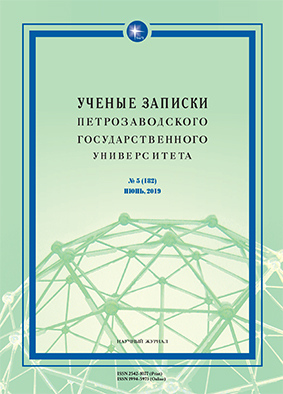Антропонимикон повести Ф. М. Достоевского «Дядюшкин сон»
anthroponymic system of FYODOR DOSTOYEVSKY’s UNCLE’s DREAM
Author(s): Svetlana Anatolievna SkuridinaSubject(s): Language and Literature Studies
Published by: Петрозаводский государственный университет
Keywords: literary onomastics; toponym; anthroponym; Voronezh onomastic school; Dostoevsky; autobiography; Uncle’s Dream; Mordasov; Moskaleva
Summary/Abstract: This article deals with the anthroponymic system of a little-studied short novel Uncle’s Dream by Fyodor Dostoevsky. The author points out that the toponym Mordasov acts as an organizing element for the anthroponymicon of the story. Analysis of the material leads to the conclusion that Dostoevsky used semantically marked units, the disclosure of which is due not only to the context of the novel but also to the context of the epoch depicted by the writer. The anthroponyms systematically included in the provincial chronotope of the novel Uncle’s Dream and correlated in the writer’s creative laboratory with the images of the characters created by him become capacious and laconic characteristics, the understanding of which contributes to a deeper reading of this piece of imaginative writing. Dostoevsky’s characters strive to become conscious of their own names, as evidenced by numerous examples of their reflections on the influence of a name on life and destiny. Some onomastic units of the story are autobiographical, for example, the toponym Mordasov and the anthroponym Kallist Stanislavovich. When naming his characters, Dostoevsky uses such methods as introducing into the text socially significant names (Boroduev) and expressively marked names (Moskaleva, Mozglyakov), as well as the language game (Lavrenty-Terenty).
Journal: Ученые записки Петрозаводского государственного университета
- Issue Year: 2019
- Issue No: 5 (182)
- Page Range: 76-81
- Page Count: 6
- Language: Russian

